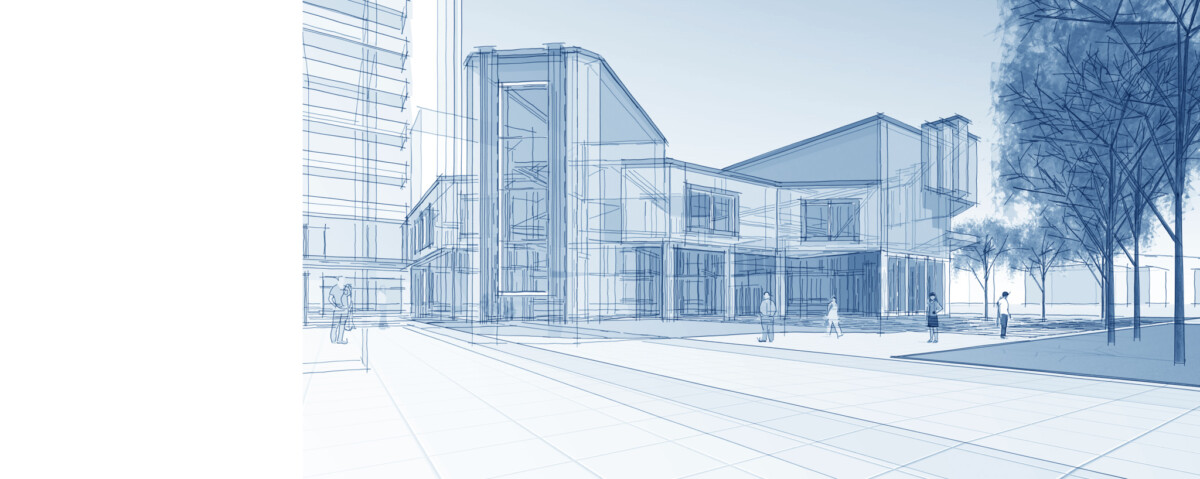What is a Walkability Score?
- Grocery stores and restaurants
- Schools and libraries
- Parks and green spaces
- Healthcare facilities
- Shopping centers and retail corridors
- Transit access
- 90–100: Walker’s Paradise (daily errands do not require a car)
- 70–89: Very Walkable (most errands can be accomplished on foot)
- 50–69: Somewhat Walkable (some errands can be accomplished on foot)
- 25–49: Car-Dependent (most errands require a car)
- 0–24: Car-Dependent (almost all errands require a car)
Garden City’s Current Walkability
Strengths:
- Ford Road Corridor: The city’s busiest commercial strip offers a concentration of restaurants, stores, and services within walking distance.
- Parks & Recreation: Garden City Park and other local parks provide walkable access to green space for many residents.
- Schools & Libraries: Families often find schools and the public library within a short drive or walk from residential areas.
Weaknesses:
- Limited Sidewalk Connectivity: Some neighborhoods lack continuous sidewalks, which reduces safety and walkability.
- Car-Centric Layout: Many residential areas were designed with cars in mind, resulting in limited pedestrian pathways.
- Transit Access: Public transit is limited compared to larger cities like Dearborn, which lowers the overall walkability score.
How Garden City Stacks Up Against Neighboring Cities
Dearborn
- Walk Score: Around 60–65 (Somewhat to Very Walkable)
- Highlights: Dearborn’s downtown and cultural districts offer dense clusters of shops, restaurants, and public spaces. With the University of Michigan-Dearborn and Ford Motor Company headquarters, the city benefits from robust infrastructure and an extensive public transit system.
- Comparison: Dearborn scores notably higher than Garden City, thanks to its urban-style downtown and more compact development.
Livonia
- Walk Score: Around 45–50 (Somewhat Walkable)
- Highlights: Livonia is similar to Garden City in terms of suburban layouts, but it benefits from more retail clusters and larger shopping centers, such as Laurel Park Place.
- Comparison: Livonia and Garden City are comparable, though Livonia edges ahead with larger commercial developments that attract foot traffic.
Canton
- Walk Score: Around 35–40 (Car-Dependent to Somewhat Walkable)
- Highlights: Canton is a rapidly growing suburb with newer developments, but its sprawling design makes it heavily car-dependent.
- Comparison: Garden City scores slightly better in walkability than Canton, offering more compact neighborhoods and established community hubs.
Allen Park
- Walk Score: Around 50–55 (Somewhat Walkable)
- Highlights: Allen Park’s neighborhoods near Southfield Road and shopping centers offer easier walking access compared to Garden City.
- Comparison: Allen Park ranks slightly higher, especially near its commercial areas, but both cities face similar suburban challenges.
Why Walkability Matters for Garden City
- Health & Lifestyle: Walkable cities encourage daily physical activity, which promotes healthier lifestyles.
- Community Engagement: Pedestrian-friendly neighborhoods foster stronger social ties, as residents are more likely to interact with one another.
- Economic Growth: Businesses thrive in areas with higher foot traffic, making local shopping centers more vibrant and dynamic.
- Property Values: Studies show that homes in walkable areas often command higher resale values.
- Environmental Impact: Walkability reduces dependence on vehicles, cutting emissions and traffic congestion.
Opportunities for Improvement
- Expanding Sidewalk Networks: Filling in sidewalk gaps ensures safe, continuous walking routes across neighborhoods.
- Enhancing Ford Road: Revitalizing the Ford Road corridor with pedestrian-friendly crosswalks, bike lanes, and streetscaping would make the city’s commercial hub more vibrant and inviting.
- Transit Integration: Partnering with SMART bus services to increase access and frequency would benefit commuters and non-drivers.
- Mixed-Use Development: Encouraging developments that combine residential, retail, and office space fosters a more walkable community fabric.
- Greenway Trails: Connecting parks and neighborhoods with walking and biking trails would create safe recreational routes for families to enjoy.
Looking Toward the Future
Thank you for reading! If you enjoyed this article and want to explore more content on similar topics, check out our other blogs at Sonic Loans, Sonic Realty, and Sonic Title. We have a wealth of information designed to help you navigate the world of real estate and finance. Happy reading!
Are you looking for the right loan? Check out Sonic Loans for tailored mortgage solutions that make home financing simple and efficient.
Digital Property Management Solutions: The Future of Real Estate Efficiency
Virtual Reality in Property Marketing: The Future of Real Estate
PropTech Trends Shaping Real Estate
AI in Real Estate: Current Applications
Blockchain in Real Estate: Future Applications
Smart Home Features Worth Installing
Allen Park vs. Garden City: Where to Invest in 2025
Renting vs. Buying in Dearborn: Which Is Better?
What to Expect at the Closing Table in Home Closings










